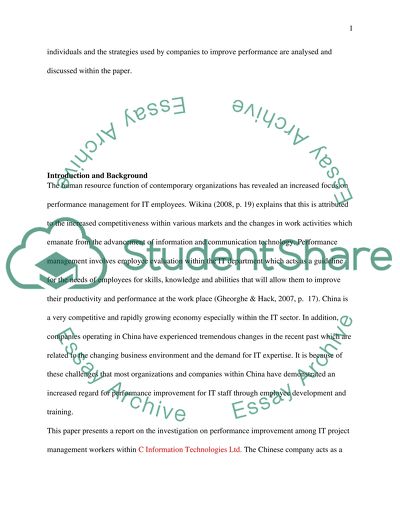Cite this document
(“A Study of Performances Improvement on IT Project Management Workers Dissertation”, n.d.)
A Study of Performances Improvement on IT Project Management Workers Dissertation. Retrieved from https://studentshare.org/information-technology/1457226-a-study-of-performances-improvement-on-it-project
A Study of Performances Improvement on IT Project Management Workers Dissertation. Retrieved from https://studentshare.org/information-technology/1457226-a-study-of-performances-improvement-on-it-project
(A Study of Performances Improvement on IT Project Management Workers Dissertation)
A Study of Performances Improvement on IT Project Management Workers Dissertation. https://studentshare.org/information-technology/1457226-a-study-of-performances-improvement-on-it-project.
A Study of Performances Improvement on IT Project Management Workers Dissertation. https://studentshare.org/information-technology/1457226-a-study-of-performances-improvement-on-it-project.
“A Study of Performances Improvement on IT Project Management Workers Dissertation”, n.d. https://studentshare.org/information-technology/1457226-a-study-of-performances-improvement-on-it-project.


